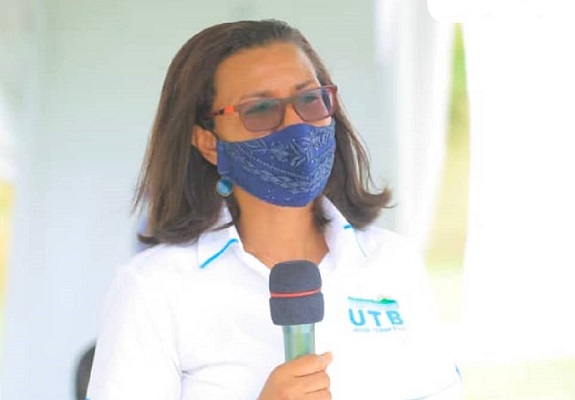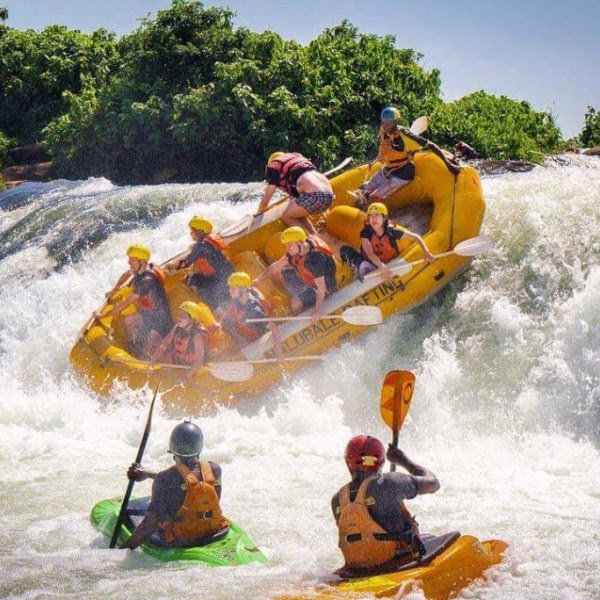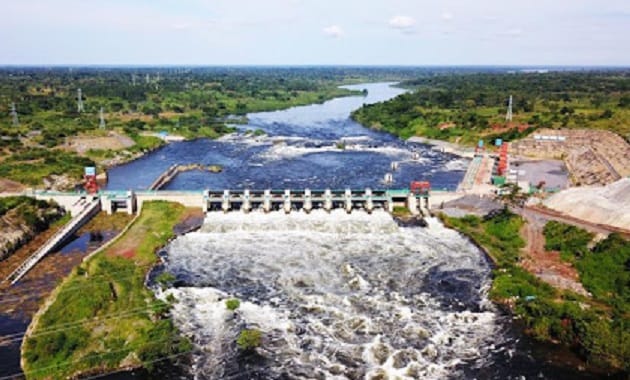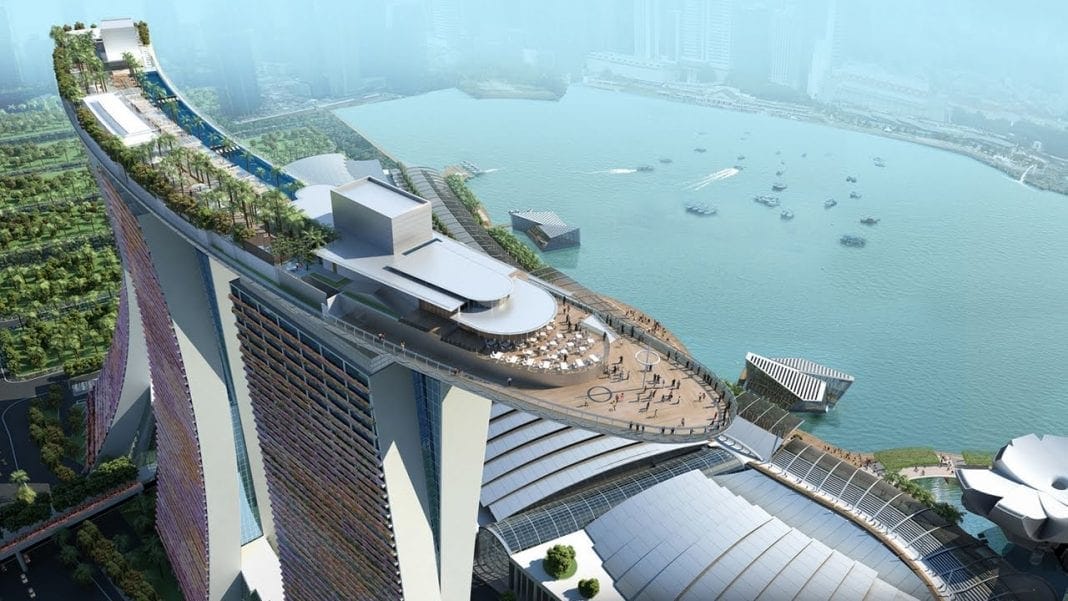- UTB is to assist UEGL to package and commercialize a variety of planned projects and activities at the power dams.
- Tourism activities and products to be included are plant tours, boat cruises, sport fishing, hospitality facilities, and souvenirs.
- The MOU signed on September 7, 2021, at Isimba Dam supports UEGCL’s drive to utilize its assets in diversifying its business portfolio and enhance its sustainability as a growing concern.
“This MOU marks the beginning of an important journey for Uganda. When brought to fruition, the successful development of Karuma Hydro Power Project and Isimba Hydro Power Project into tourism sites will further diversify our tourism portfolio and, therefore, contribute to our core objectives namely, sustainably increasing the volume (numbers) and value (earnings) of tourism to Uganda and by extension, Ugandan households and livelihoods through the creation of jobs and increased tax revenue,” said Lilly Ajarova, the Uganda Tourism Board CEO, at the signing. She thanked the management of UEGCL for picking interest in tourism and for reaching out to UTB to form this value-adding partnership.

“The diversification and promotion of tourism products beyond wildlife tourism to include among others, religious, cultural, culinary (food) and now infrastructure tourism, is very important to us as a sector and certainly as UTB. That is why, in our Strategic Plan 2020/21-2024/25, UTB has prioritized collaborating with tourism site owners, the private sector and other Ministries Departments and Agencies to develop and package diversified tourism products to prolong the length of stay at a destination, thereby increasing tourism earnings,” said Ajarova, especially for the domestic market.
Dr. Eng. Harrison Mutikanga, speaking on behalf of UEGCL, said that the MOU is in line with UEGCL’s Five Year Strategic Plan (2018 -2023) that among others, focuses on the key objective of enhancing its business portfolio.
He intimated that utilization of the vast hydropower assets as a tourism product will go a long way in unlocking the infrastructure tourism potential in Uganda. This is premised on the fact that then hydropower stations have unique features both on the surface and underground. “As UEGCL, we pledge total commitment to the partnership,” said Mutikanga.
Tourism at hydropower sites is not new as this has been demonstrated at the Three Gorges hydropower site in China, Livingstone site in Zambia, and Niagara Falls hydropower site in Canada.
Relations between the two sectors, however, have not been rosy for in the first decade of the 21st century, when the Government of Uganda embarked on an aggressive drive to increase the hydro power and energy capacity of the country following a shortfall to meet demand from industries and increasing populations. This came at a high cost to the tourism industry as the iconic sites on the river Nile popular with world-class rafting and kayaking were sacrificed in the name of development.
By 2007, the World Bank had funded the Bujagali Hydropower project, causing the disappearance of the first of the grade 5 rapids at Bujagali falls and displacing the traditional Oracle of the Falls, Nabamba Budhagali.
The Kalagala Offset area was created, between the International Development Association (World Bank) and the Ugandan Government. The agreement was made to mitigate the damages caused by the Bujagali dam and it stated that the area set aside would not be flooded by another hydro project. However, in 2013 the government secured additional funding from Exim Bank of China to complete the construction of the $570 million dam, trashing the agreement.
Granted, power generation was indispensable for the development and industrialization of the country, although the cost at 0.191 cents per unit still remained below the reach of rural Uganda, considering the burden was passed down to households. What was reassuring to the public was that the Isimba bridge, constructed as a result of the dam, has at least eased travel between the districts of Kayunga and Kamuli, replacing the unreliable car ferry and boosting trade and tourism.

Downstream, the newly-commissioned Isimba Dam on the Nile remains popular for white water rafting and world-class competitions including the Nile Freestyle Festival that attracts the kayaking fraternity from USA, Russia, and South America as well as Europe, many of whom have trained on the Nile in preparation for the world white water rafting competitions.
UTB Board Chairman Honorable Daudi Migereko, who interestingly was Energy Minister at the height of the dam fest in 2006, said at the signing that the MOU is part of UTB’s strategic cooperation agenda with key public, private, and non-profit agencies and organizations whose work has a direct impact on tourism.
In 2019, the government reignited plans to sanction a feasibility study for the construction of a 360-megawatt dam in Murchison Falls National Park through M/S Bonang Energy and Power Ltd. from the Republic of South Africa and Norconsult and JSC Institute Hydro Project, only to buckle under pressure from Association of Uganda Tour Operators (AUTO) and Civil Society.
Hopefully, UTB’s diplomatic overtures with the energy sector will pay off, and the uneasy truce will stick; the paper trail says otherwise.
IHE Ị GA-Ewepụ na edemede a:
- When brought to fruition, the successful development of Karuma Hydro Power Project and Isimba Hydro Power Project into tourism sites will further diversify our tourism portfolio and, therefore, contribute to our core objectives namely, sustainably increasing the volume (numbers) and value (earnings) of tourism to Uganda and by extension, Ugandan households and livelihoods through the creation of jobs and increased tax revenue,” said Lilly Ajarova, the Uganda Tourism Board CEO, at the signing.
- Relations between the two sectors, however, have not been rosy for in the first decade of the 21st century, when the Government of Uganda embarked on an aggressive drive to increase the hydro power and energy capacity of the country following a shortfall to meet demand from industries and increasing populations.
- That is why, in our Strategic Plan 2020/21-2024/25, UTB has prioritized collaborating with tourism site owners, the private sector and other Ministries Departments and Agencies to develop and package diversified tourism products to prolong the length of stay at a destination, thereby increasing tourism earnings,” said Ajarova, especially for the domestic market.























